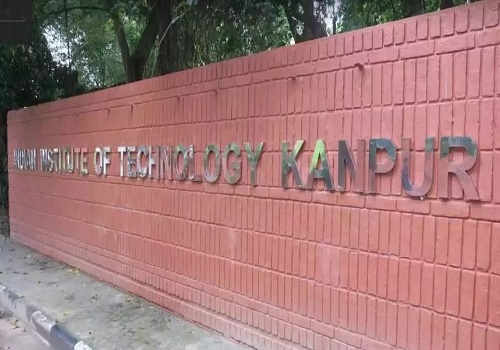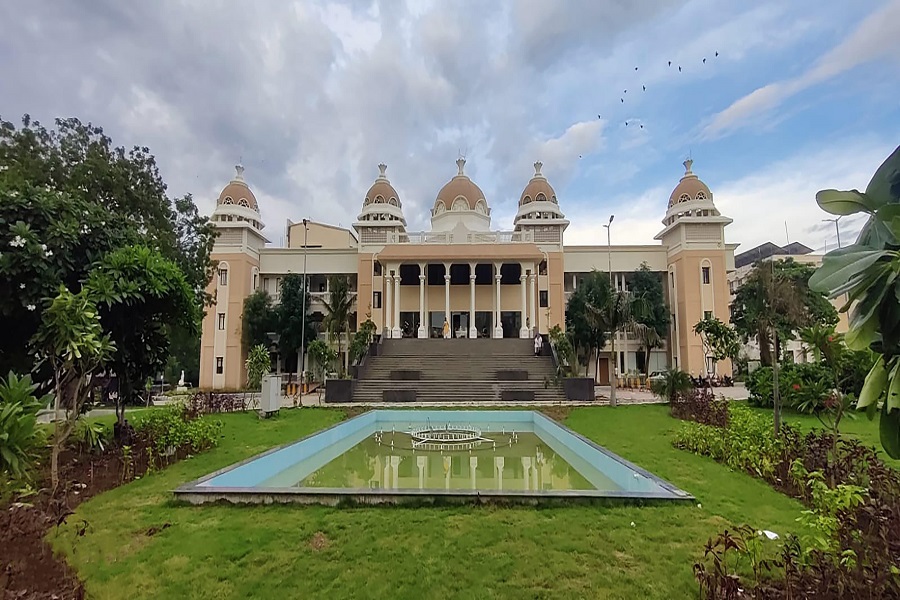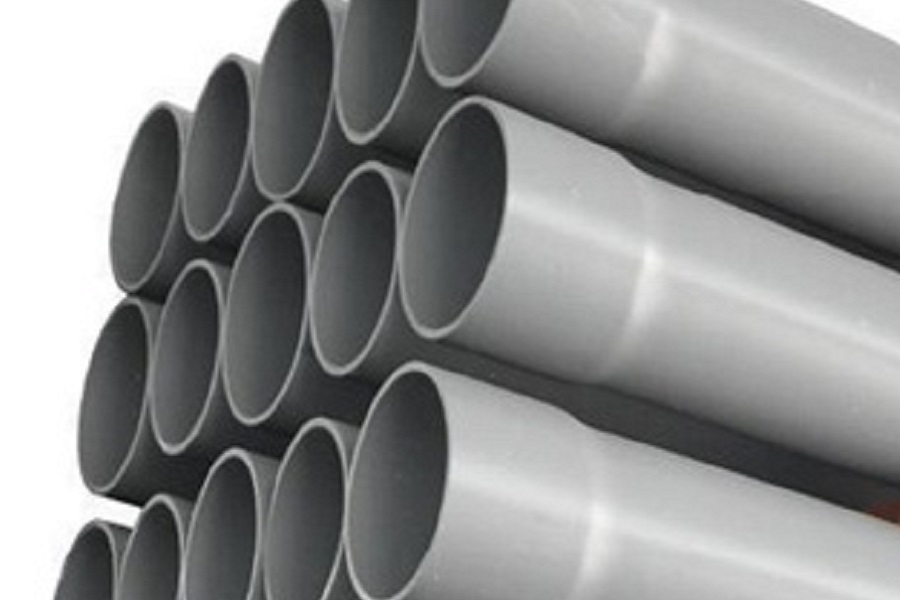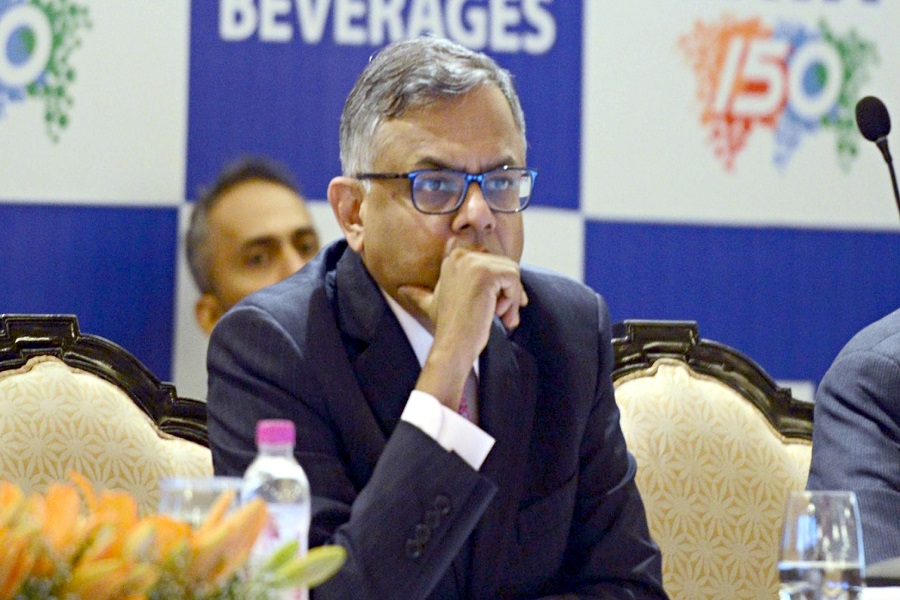IIT-Kanpur develops India`s first Hypervelocity Expansion Tunnel Test Facility

The Indian Institute of Technology Kanpur (IIT-K) has successfully established and tested India’s first Hypervelocity Expansion Tunnel Test Facility, a major achievement that puts India in the elite group of nations with this advanced hypersonic testing capability.
According to an official release, the facility, named S2, is capable of generating flight speeds between 3-10 kms, simulating the hypersonic conditions encountered during atmospheric entry of vehicles, asteroid entry, scramjet flights, and ballistic missiles.
This makes it a valuable test facility for ongoing missions of ISRO and DRDO including Gaganyaan, RLV, and hypersonic cruise missiles.
The S2, nicknamed 'Jigarthanda', is a 24-meter-long facility located at IIT-Kanpur’s Hypersonic Experimental Aerodynamics Laboratory (HEAL) within the Department of Aerospace Engineering.
The S2 was indigenously designed and developed over a period of three years with funding and support from the Aeronautical Research and Development Board (ARDB), the Department of Science and Technology (DST), and IIT-Kanpur.
Professor S. Ganesh, Director, IIT-Kanpur, said, "The successful establishment of S2, India's first hypervelocity expansion tunnel test facility, marks a historic milestone for IIT-Kanpur and for India's scientific capabilities. S2 will empower India's space and Defence organisations with domestic hypersonic testing capabilities for critical projects and missions."
Professor Mohammed Ibrahim Sugarno, Associate Professor, Department of Aerospace Engineering and Centre for Lasers & Photonics at IIT-Kanpur said, "Building S2 has been extremely challenging, requiring in-depth knowledge of physics and precision engineering. The most crucial and challenging aspect was perfecting the 'free piston driver' system, which requires firing a piston at high pressure between 20-35 atmospheres down a 6.5 m. compression tube at speeds of 150-200 m/s, and bringing it to a complete stop or 'soft landing' at the end.” “However, with our expertise, we were able to overcome this. Our team is proud to have designed, built, and tested this one-of-a-kind facility, cementing India's position in the elite global hypersonic research community,” he added.
Professor GM Kamath, Head, Department of Aerospace Engineering, IIT-Kanpur, said, “With S2, we advance our research horizons, inspiring a new generation of aerospace enthusiasts and fostering innovation and exploration in this exciting field. Being the first in India to develop such a facility enables us to set a new benchmark for hypervelocity research in India and beyond.”





















